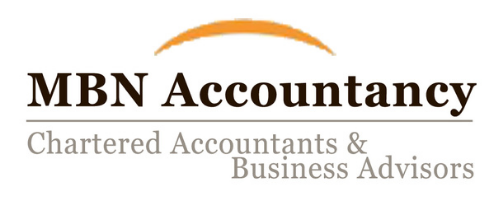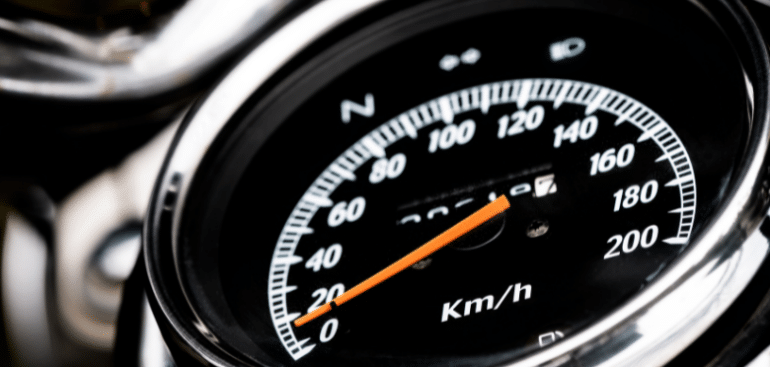As the country emerges from the Covid-19 pandemic, business travel is once again on the agenda. Where employees undertake business travel, they will usually be able to claim the associated expenses from their employer. If the journey is by car, the easiest way to do this is for the employer to pay a mileage allowance for the business miles undertaken.
Where a mileage allowance is paid, there may be tax consequences depending on the amount that is paid. The rules differ depending on whether the employee uses their own car for business travel or has a company car.
Mileage allowance when an employee uses their own car
The Approved Mileage Allowance Payments (AMAP) scheme allows employers to make tax-free mileage payments up to an ‘approved amount’ where the employee undertakes a business journey in their own car. The approved amount for the tax year is found by multiply the number of business miles driven by the employee in their own vehicle in that year by the approved mileage rate for that particular vehicle. The approved mileage rates are set out in the table below:
| Vehicle | Approved mileage rate |
| Cars and vans | First 10,000 business miles in the tax year: 45p per mile
Each subsequent business mile: 25p per mile |
| Motor cycles | 24p per mile |
| Bicycles | 20p per mile |
So, if an employee drives 12,000 business miles in the tax year in their own car, the approved amount is £5,000 ((10,000 miles @ 45p per mile) + (2,000 miles @ 25p per mile).
If the employer pays mileage at a higher rate, the excess over the approved amount is taxable, and must either be taxed through the payroll or reported to HMRC on the employee’s P11D. If the employer pays less than the approved amount (or does not pay an allowance), the employee can claim tax relief for the difference between the approved amount and the amount that they receive, if any.
The employer can also pay the employee a tax-free passenger rate of 5p per mile for each passenger for whom the journey is also a business journey. However, there is no tax relief available if the employer does not pay passenger payments, or pays them at a rate of less than 5p per mile.
For National Insurance purposes, similar rules apply, except that the calculation is performed for each pay period. For cars and vans, an ‘approved’ rate of 45p per mile is used for all business mileage, even if this exceeds 10,000 miles in the tax year. If the amount paid in the pay period is more than the ‘approved’ amount, the excess is included in gross pay. National Insurance purposes only.
Company cars
If the employee has a company car and the employer does not pay for the fuel, a different set of mileage rates – the advisory fuel rates – apply to determine the amount that can be paid tax-free. These are lower than the AMAP rates, which include an element to reflect the running costs and the depreciation of the employee’s own car.
The advisory rates are set quarterly. The rates applying from 1 June 2021 are as follows:
| Engine size | Petrol – rate per mile | LPG – rate per mile |
| 1400cc or less | 11p | 8p |
| 1401cc to 2000cc | 13p | 9p |
| Over 2000cc | 19p | 14p |
| Engine size | Diesel – rate per mile |
| 1600cc or less | 9p |
| 1601cc to 2000cc | 11p |
| Over 2000cc | 13p |
Payments of 4p per mile can be made for business travel in an electric company car.
Any amounts paid in excess of the advisory rate are taxable and liable to Class 1 National Insurance.
If the employer pays for all fuel, including that for private journeys, a fuel benefit tax charge will arise unless the car is an electric car.
For help with mileage allowance please contact us

